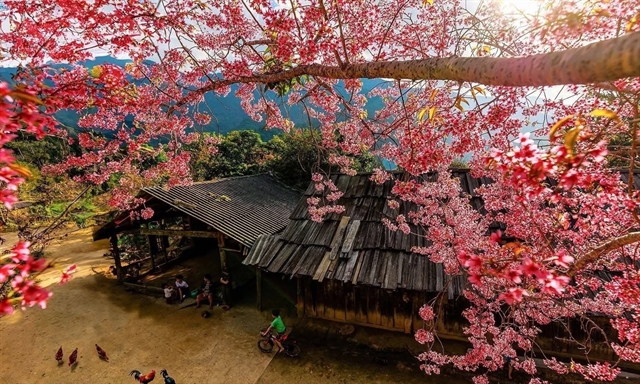 Travel
Travel

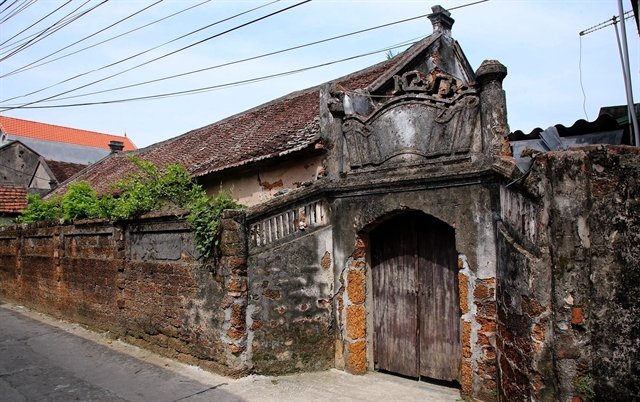 |
| An ancient gate in Yên Trường Village. — Photo dantri.vn |
By Thanh Nga
On a crisp winter day, as the year drew to a close, we embarked on a captivating journey to the ancient village of Yên Trường.
Just 30km from the bustling heart of Hà Nội, this village offers a glimpse into the rich tapestry of Việt Nam's history and cultural heritage, with many of its ancient structures built with laterite blocks.
According to the elders, Yên Trường is an ancient village dating back to the period of the "Trưng sisters" in AD 40. Also, the village also is home to relics such as Bãi Pháo and Bãi Giỗi, where fierce battles took place between the Trưng sisters' army and the Eastern Hán Dynasty.
In terms of historical significance and architectural beauty, the village rivals well-known ancient villages like Đông Ngạc and Đường Lâm.
As we entered the village, we were enthralled by the ancient gates, old wells and intimate moss-covered spaces along the small alleys. The locals here are rustic and hospitable.
Villager Nguyễn Gia Tứ expressed, "Yên Trường people are very conscious of preserving old values. Therefore, while many places struggle to retain their heritage, we have managed to preserve most of our values. The village roads, house gates, old houses and fences remain quite intact."
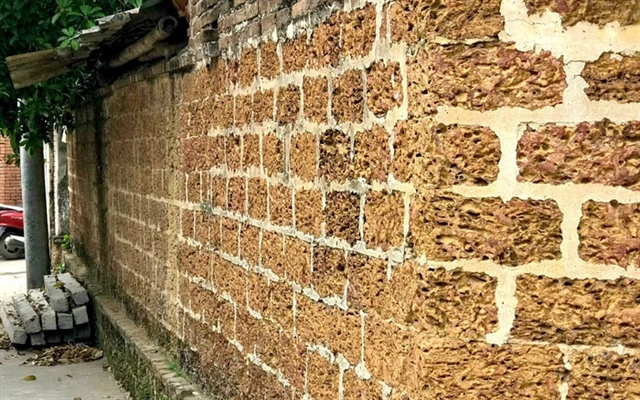 |
| One of the many laterite walls found throughout the village. — Photo vietnamnet.vn |
The small alleys are lined with ancient houses built of laterite. Over a dozen of these houses boast laterite gates that are 100 to 200 years old. The house walls, fences and gates are not ornate or colourful, but rather, the dark honey-wax-coloured laterite walls prevail throughout the alleys.
Amidst the cement houses, Yên Trường still proudly displays its old, moss-covered laterite houses. The weathered laterite walls showcase patches of yellow, black and moss green, resembling an abstract painting. These houses were built in the style of northern garden houses, featuring spacious gardens and yards adorned with rows of areca palms and fragrant grapefruit trees.
Villagers explain that the abundance of laterite houses in the village is due to the availability of laterite as a raw material beneath the village's ground. The villagers consider this a heavenly treasure, although the raw material is no longer available for exploitation. Nevertheless, the houses stand as a testament to what the land has provided, carrying the value of time.
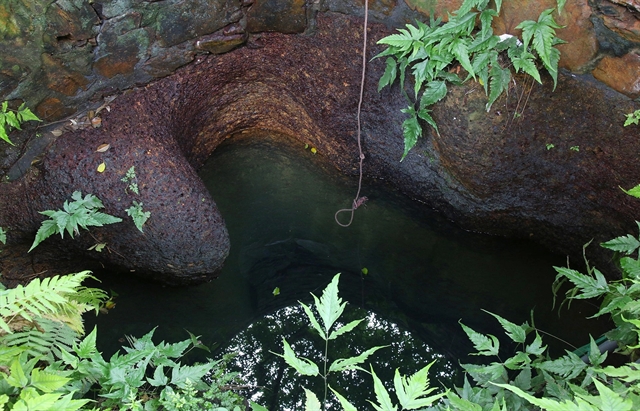 |
| An ancient well in Yên Trường Village. — Photo dantri.vn |
The village is also home to nine ancient wells. Some of the elders say that in the past, there were up to 99 wells in the entire commune. Most of these wells were naturally occurring, releasing underground water from the laterite beds – clear, cool and clean water.
A noteworthy attraction in the village is the ancient communal house. Serving as a prominent symbol of the village's historical and cultural significance, it is dedicated to the revered deity Cao Sơn Quý Minh, who is considered the village's guardian. During the French colonial period, the shrine suffered the tragic fate of being burned down. However, the villagers managed to safeguard the large bronze bell by submerging it in the village pond. Remarkably, the bell has survived to this day, and its resonant sound echoes throughout the village and beyond when it tolls.
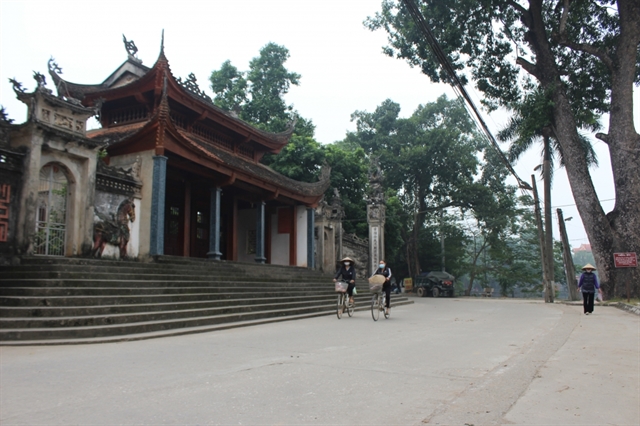 |
| Yên Trường Communal House has been recognised as a national historical and cultural relic. — Photo laodongthudo.vn |
While exploring the village, we noticed the meticulously planned ponds and lakes that create a beautiful landscape and provide a cool atmosphere. Late President Hồ Chí Minh's fish pond, as the village lake is known, is near the communal house gate. In the middle of the lake, a floating landmass resembles a poetic oasis.
An integral part of Yên Trường's charm is the rustic and unique ‘green fences’ formed when creepers cover the laterite walls, adding to the village's distinctive character.
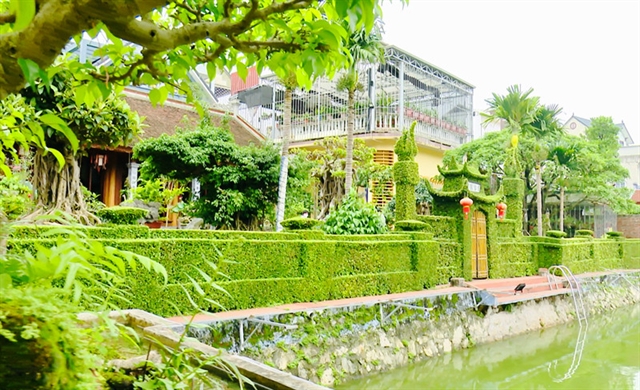 |
| One of Yên Trường's charming ‘green fences’. — Photo nhipsonghanoi.hanoimoi.vn |
Another surprising sight was the gate wall made from the acanthus tree belonging to Trịnh Nhân Kỳ's family. The gate bends like a curved communal house roof, crafted from the acanthus tree. Kỳ shared that he built this fence 31 years ago in 1992. Inside the fence stands his old house, which he considers a treasure of his family and the village. He warmly welcomes visitors to his home.
"I have told my children and grandchildren that they must strive to preserve our ancestors' inheritance at all costs. It should never be destroyed or sold," Kỳ emphasised. VNS




